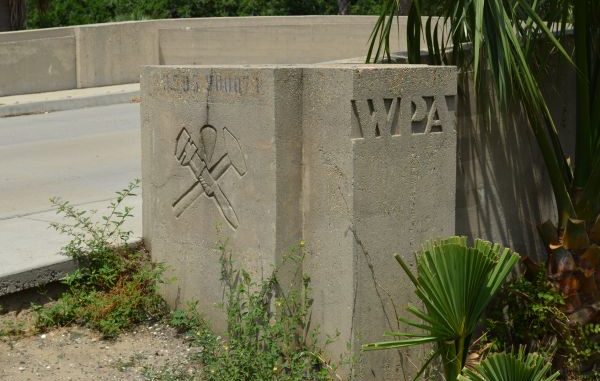
Louisiana has other urban fishing holes besides those in New Orleans City Park, including Cross Lake in Shreveport, Sibley Lake in Natchitoches, Bayou De Saird and Ouachita River in Monroe and City Park and University Lakes in Baton Rouge.
But none have developed the reputation for producing bass like City Park’s Lake.
The lake, more properly called a lagoon system, is small, with only 110 acres of water. But it has 14 miles of shoreline (not counting Bayou St. John, which also falls under the park’s jurisdiction), and most of it is accessible to fishermen.
Much of what is seen today is man-made, according to information provided by Ellis Laborde, the park’s general manager until 1979 for a 1981 Louisiana Conservationist magazine article.
According to Laborde, the park’s original lagoon, located parallel to City Park Avenue, was part of old Bayou Metairie, a sluggish stream that started in the swamps near Metairie Ridge (which is what Metairie Road now follows) and ran to Bayou St. John, which in turn emptied into Lake Pontchartrain.
During the Great Depression, President Franklin Delano Roosevelt created the Works Progress Administration, a huge effort using federal funds to put unemployed people to work. Most of the projects involved building or improving roads, bridges and parks, although employment was also provided for writers, artists, photographers and musicians.
In New Orleans, the WPA contracted with Bennett and Frost, a Chicago planning firm to design a lagoon system for the park. About 85 percent of what now exists was excavated between 1937 and 1941. Much of the work was done by hand, and as many as 12,000 men were employed at one time under the supervision of J. Gilbert Scheib, who later became executive director of the New Orleans Housing Authority.
The history of the park’s lagoons can be divided by Hurricane Katrina, which hit the city in 2005.
For many years before Katrina, daily or yearly fishing permits were required to fish in the lagoons. Live crawfish and worms were permitted as bait, but live shrimp, shiners, goldfish or any other natural bait were prohibited.
A daily creel limit of three bass existed, and from mid-February through early April the park was closed to fishing to protect spawning bass.
In 1946, the New Orleans Item newspaper began sponsoring a “Big Bass Rodeo” in the park on opening day of fishing season in the park.
Today, all these restrictions are gone, but the Big Bass Rodeo is still carried on and attracts more than 600 participants.
But the post-Katrina era involved more than ushering in a change in restrictions. Prior to the great hurricane, the lagoon system was in decline. Water quality was poor, exotic plants and stringy algae were overgrowing the system, game fish populations were low and little forage base for predatory fish existed.
Volunteers played a big role in rehabilitating the lagoon system. Grants were obtained from Shell Oil Company and FishAmerica Foundation. The Louisiana Department of Wildlife and Fisheries stepped in with help.
Water circulation was improved, and water monitoring stations were created, invasive plants were treated with herbicides and fish were stocked.
Since 2009, more than 18,000 bluegill fingerlings, 204 channel catfish fingerlings and 256 prespawn adult Florida bass have been released into the lagoon.
LDWF calls the City Park Lagoon System a “world-class fishing opportunity.” Between 1968 and last February, the record bass was an 8-pound 1-ounce fish caught by Cecil Doiron, manager of the park’s boating and fishing concession.
On Feb. 7, 2013, Kevin Schilling caught a bass that weighed an even 9 pounds. That record was fragile, only standing until Aug. 14, when a 9.05-pound fish fell to Tim Zissis.
